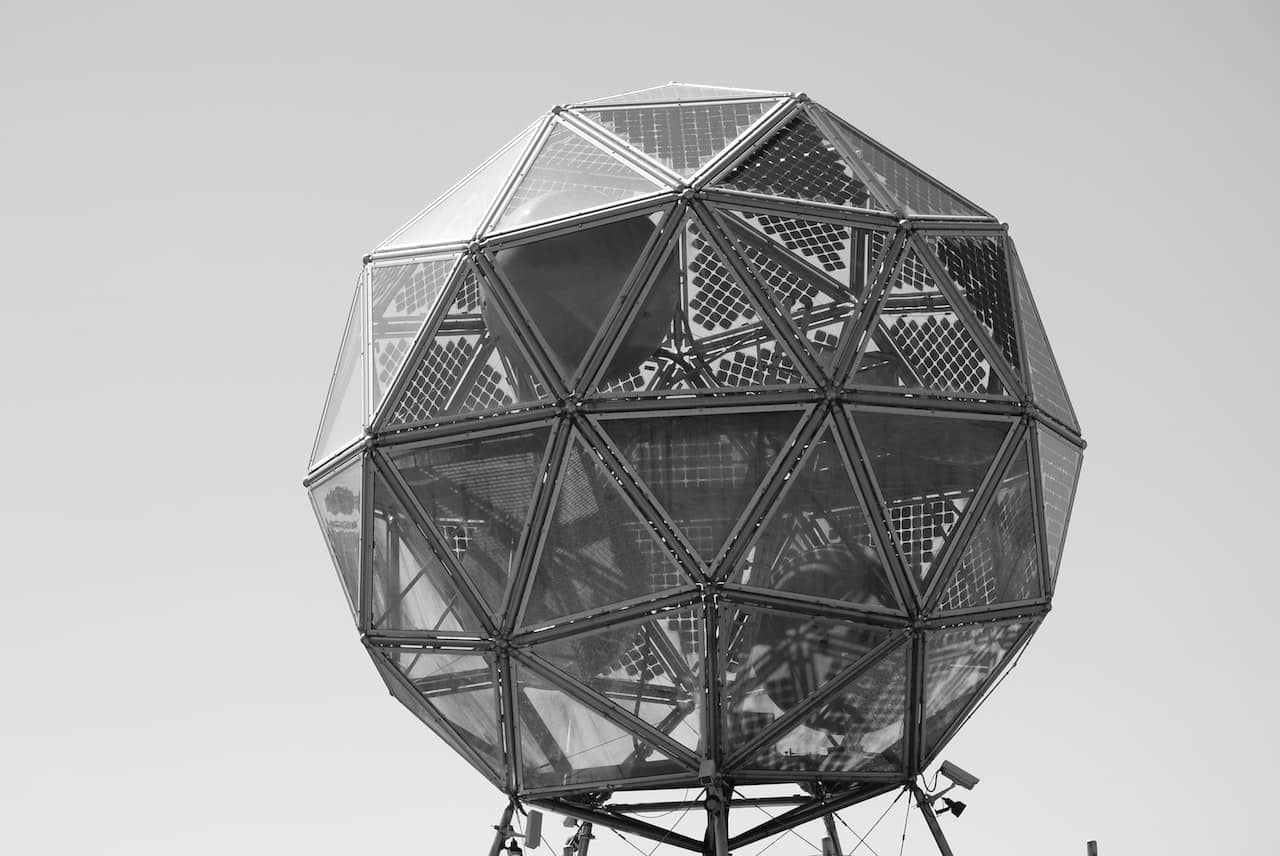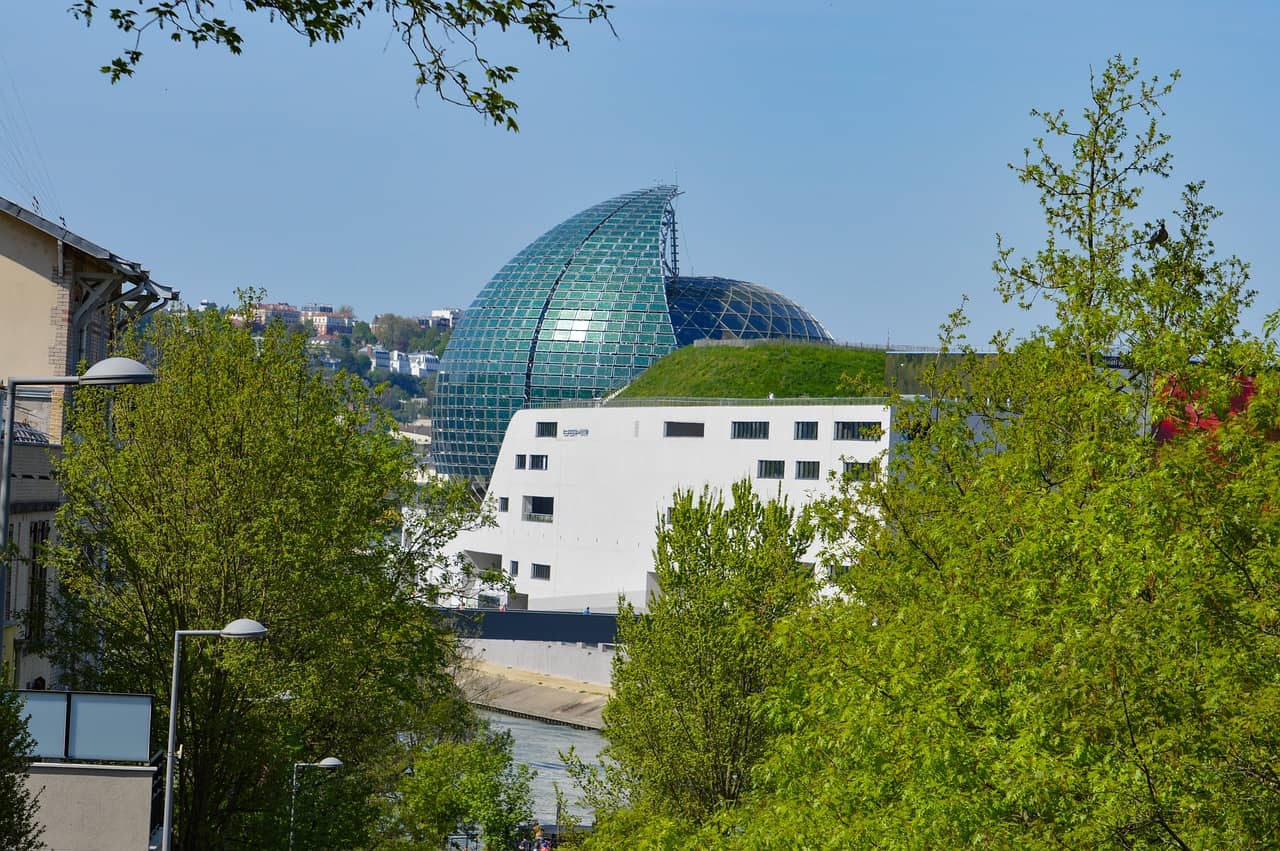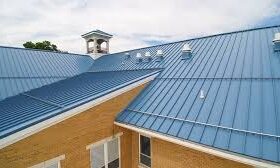Solar energy has emerged as a revolutionary force in the fields of art and architecture, transforming the way we perceive aesthetics and sustainability.
As the world becomes increasingly aware of the environmental impact of traditional energy sources, companies like Solar Energy Hackers are exploring innovative, artistic ways to incorporate solar power into their creations.
In this article, we will delve into the fascinating realm of solar energy in art and architecture, highlighting the seamless blend of aesthetics and sustainable practices.

Solar Energy in Art
Art has always been a medium of expression, and the integration of solar energy opens up new avenues for artists to create visually stunning and environmentally conscious installations.
By utilizing solar panels or incorporating solar-powered elements, artists can infuse their work with a sense of energy and sustainability.
One remarkable example is Olafur Eliasson’s “Little Sun,” a portable solar-powered lamp that illuminates communities lacking access to electricity. This project blends art with social activism, demonstrating the transformative power of solar energy.
In addition to portable installations, solar energy can be harnessed to power large-scale artworks. Solar-powered light installations, for instance, create mesmerizing visual experiences by utilizing the sun’s energy to generate captivating light patterns.
These installations not only create a unique aesthetic but also serve as a powerful statement about the potential of renewable energy sources.
Solar Energy in Architecture

Architecture, too, is embracing solar energy to enhance both the functionality and aesthetic appeal of buildings. By incorporating solar panels into building designs, architects can generate electricity to power the structure and reduce reliance on the grid.
Solar panels can be seamlessly integrated into rooftops, facades, and even windows, providing a dual purpose of energy generation and architectural design.
One striking example of solar-powered architecture is the Solar Egg sauna in Sweden. This innovative structure features mirrored walls and a golden interior, providing visitors with a luxurious and relaxing experience.
At the same time, the building harnesses solar power, demonstrating the seamless integration of aesthetics and sustainability.
Blending Aesthetics with Sustainability
One of the key challenges in incorporating solar energy into art and architecture lies in finding a harmonious balance between aesthetics and solar technology.
Designers and artists face the task of seamlessly integrating solar panels and solar-powered elements into their creations without compromising the overall visual impact.
This delicate dance between beauty and practicality demands innovative approaches and a deep understanding of both artistry and sustainable practices.
Fortunately, advancements in solar technology have made it possible to overcome these challenges. Transparent solar panels, for example, can be integrated into windows or glass facades, allowing natural light to pass through while simultaneously generating electricity.
This innovation allows architects to maintain the aesthetic appeal of transparent surfaces while harnessing the power of the sun.
Benefits of Solar Energy in Art and Architecture
The use of solar energy in art and architecture brings forth numerous advantages. Firstly, it reduces the environmental footprint by minimizing reliance on fossil fuels and decreasing carbon emissions.
Solar-powered installations and buildings have a lower impact on the environment, making them a sustainable choice for artists, architects, and the communities they serve.
Secondly, solar energy offers economic benefits. While there may be initial costs involved in implementing solar technology, the long-term savings from reduced energy bills and potential incentives outweigh the initial investment.
Solar-powered installations can generate their own electricity, reducing reliance on the grid and providing long-term cost savings.
Furthermore, solar energy offers long-term sustainability. Unlike fossil fuels, which are finite resources, solar energy is renewable and inexhaustible.
By embracing solar power, artists and architects contribute to a sustainable future, ensuring that their creations stand the test of time while minimizing their impact on the environment. Also Read – Benefits of Solar Energy
Overcoming Challenges
While solar energy in art and architecture presents immense potential, it also poses challenges that need to be addressed. Achieving a delicate balance between aesthetics and solar efficiency requires meticulous planning and design expertise.
Concerns regarding the initial costs and limitations of solar technology must also be tackled, encouraging collaboration between artists, architects, and solar experts to find innovative solutions.
In addition, it is essential to address the perception that solar panels may compromise the visual appeal of a structure.
By utilizing advancements in solar technology, such as integrating solar panels into transparent surfaces or exploring creative ways to incorporate solar elements, artists and architects can overcome this challenge and create visually striking yet sustainable creations.
Future Trends and Innovations
The future of solar energy in art and architecture is bright, with ongoing advancements in technology driving new possibilities.
Solar panels are becoming increasingly efficient, flexible, and affordable, enabling their integration into various artistic and architectural forms.
In addition to traditional solar panels, emerging technologies such as solar fabric, solar paint, and solar glass are paving the way for more diverse and creative applications.
Moreover, the integration of renewable energy systems in creative design is expanding beyond solar power.
Architects and artists are exploring the use of other renewable energy sources such as wind, hydro, and geothermal power. The seamless incorporation of multiple renewable energy systems will further enhance the sustainability and visual impact of artistic and architectural creations.
FAQs
Is solar energy expensive to implement in art and architecture?
While there may be initial costs involved, the long-term benefits and cost savings outweigh the initial investment. With advancements in technology, solar energy is becoming more affordable and accessible.
Can solar-powered installations and buildings generate enough electricity to meet their needs?
Yes, with proper planning and design, solar-powered installations and buildings can generate sufficient electricity to meet their needs. Excess energy can even be fed back into the grid.
Are there any limitations to incorporating solar technology into artistic creations?
While solar technology continues to evolve, there are still limitations to consider, such as space requirements and the specific energy needs of the artwork. Collaboration between artists and solar experts is crucial to overcome such challenges.
Are there any aesthetic considerations when incorporating solar panels into architecture?
Yes, aesthetics play a vital role in architectural design. Fortunately, advancements in solar panel technology have led to more aesthetically pleasing options, such as transparent solar panels or panels that can mimic different textures and colours.
What are some other sustainable practices in art and architecture?
Alongside solar energy, other sustainable practices in art and architecture include utilizing recycled materials, incorporating green spaces, and implementing energy-efficient designs.
Conclusion
The marriage of solar energy, art, and architecture is a testament to the power of creativity and sustainable thinking.
By seamlessly blending aesthetics with sustainability, artists, and architects are revolutionizing their respective fields while contributing to a greener future.
The integration of solar energy in art and architecture not only captivates the eye but also inspires individuals to embrace renewable energy and live harmoniously with the environment.











